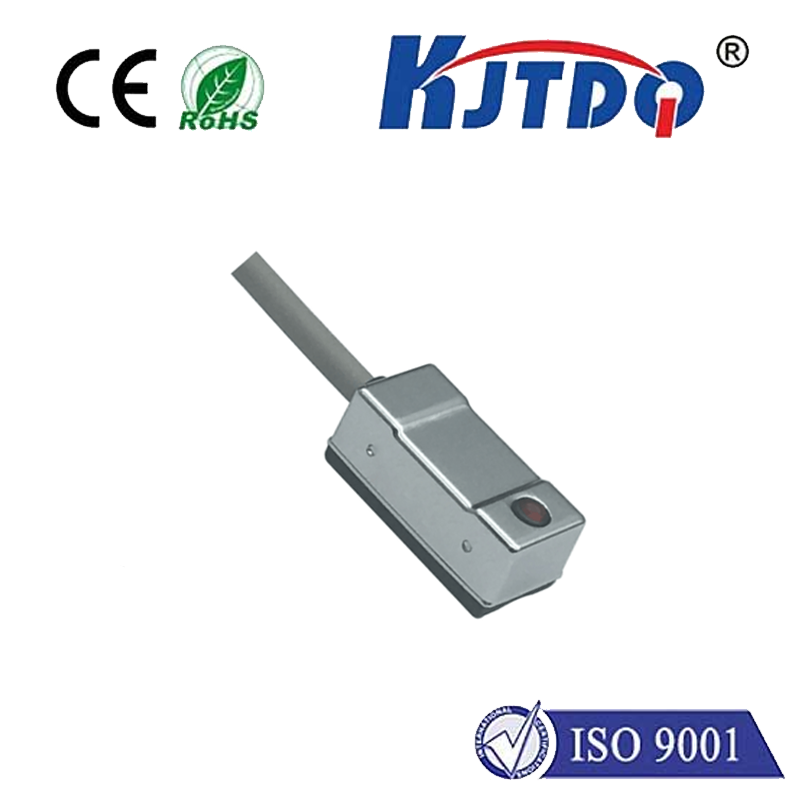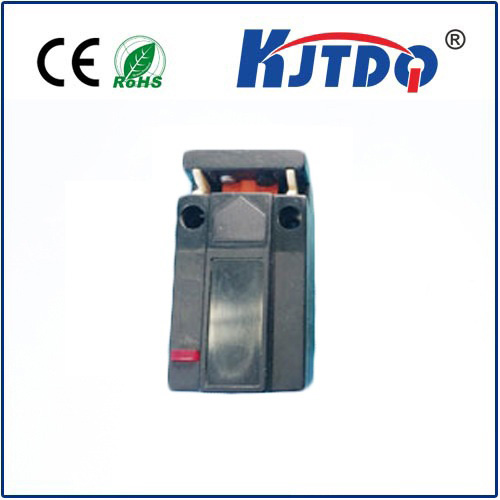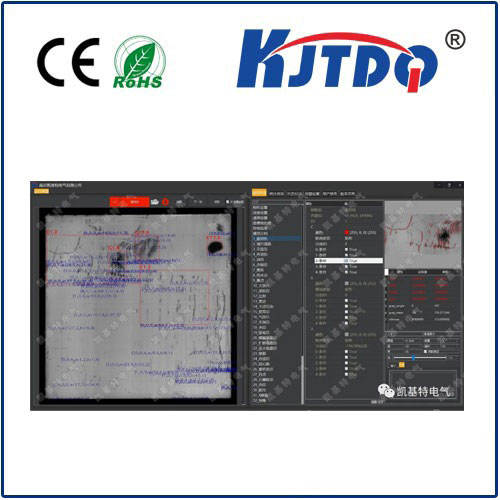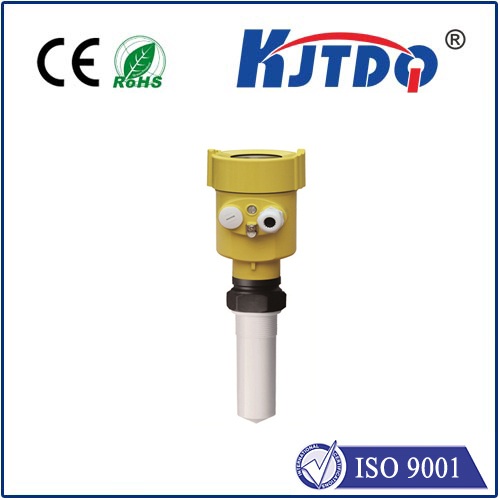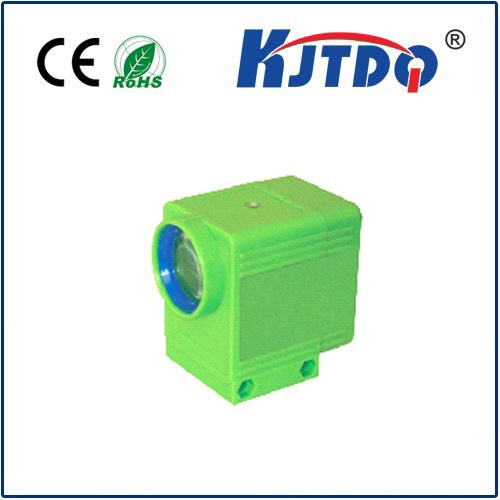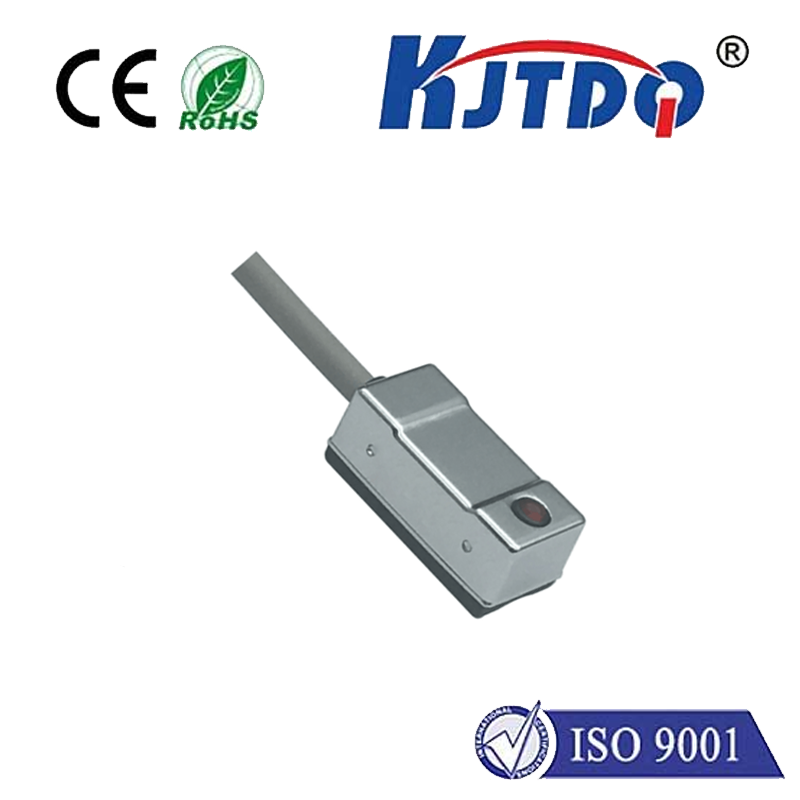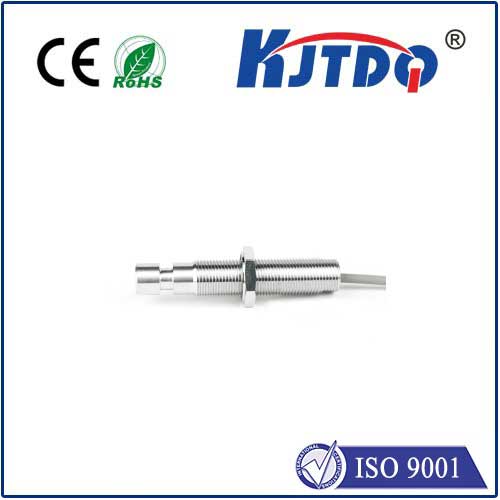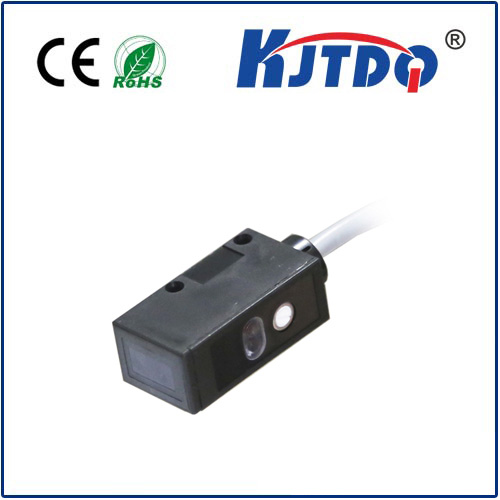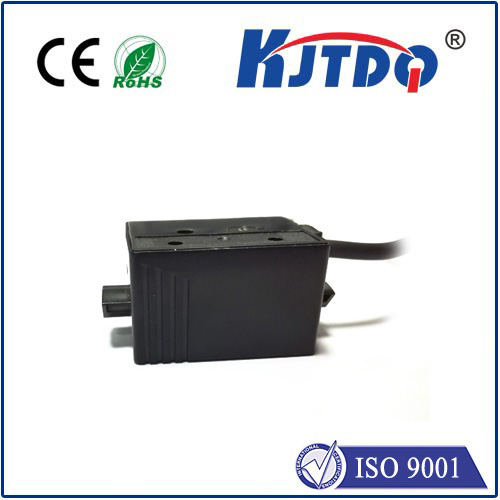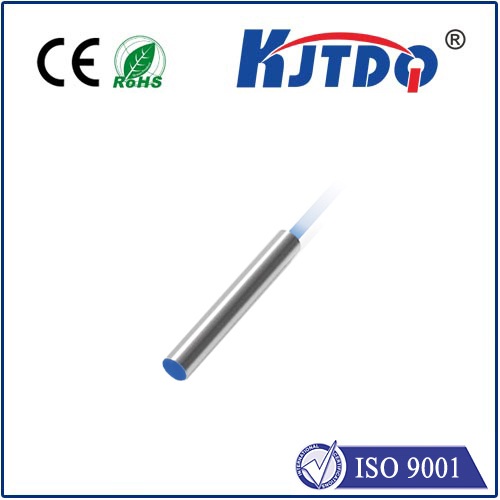
check

check

check

check
Understanding the Push Limit Switch: A Key Component in Machinery Control
In the world of machinery and automation, the push limit switch plays a crucial role in ensuring safety, efficiency, and precision. This article aims to provide a clear understanding of what a push limit switch is, how it works, and its significance in various applications.
What is a Push Limit Switch?
A push limit switch is a type of sensor that detects the presence or absence of an object within its sensing range. It operates by using a mechanical actuator, such as a plunger or roller, to physically push against the object being sensed. When the actuator is activated, it triggers the switch mechanism, which then sends an electrical signal to the control system. This signal can be used to initiate or terminate a process, depending on the desired outcome.
How Does a Push Limit Switch Work?

The working principle of a push limit switch is relatively simple yet effective. When an object comes into contact with the actuator, it exerts force on the switch mechanism, causing it to move from one position to another. This movement completes an electrical circuit, allowing current to flow through the switch and activate the control system. The control system then responds accordingly, either starting or stopping a particular function.
Applications of Push Limit Switches
Push limit switches are widely used in various industries due to their ability to provide accurate and reliable feedback. They are commonly found in manufacturing equipment, conveyor systems, packaging machines, and other automated processes where precision and safety are paramount. For example, in a conveyor system, a push limit switch may be used to stop the conveyor belt when an object reaches the end of the line, preventing overloading or damage to the equipment.
Benefits of Using Push Limit Switches
The use of push limit switches offers several advantages, including:
1. Increased Safety: By detecting the presence or absence of objects, push limit switches help prevent accidents and injuries caused by machinery malfunctions.
2. Improved Efficiency: These switches enable precise control over machinery operations, reducing waste and increasing productivity.
3. Simplified Maintenance: With fewer moving parts compared to other sensor types, push limit switches require less maintenance and have a longer lifespan.
4. Cost-Effective: Due to their simplicity and durability, push limit switches are generally more affordable than other sensing technologies.
Conclusion
In conclusion, the push limit switch is an essential component in machinery control systems. Its straightforward design and reliable operation make it a valuable tool for ensuring safety, efficiency, and accuracy in various industrial applications. By understanding how these switches work and recognizing their benefits, engineers and technicians can effectively integrate them into their systems to achieve optimal performance and longevity.
